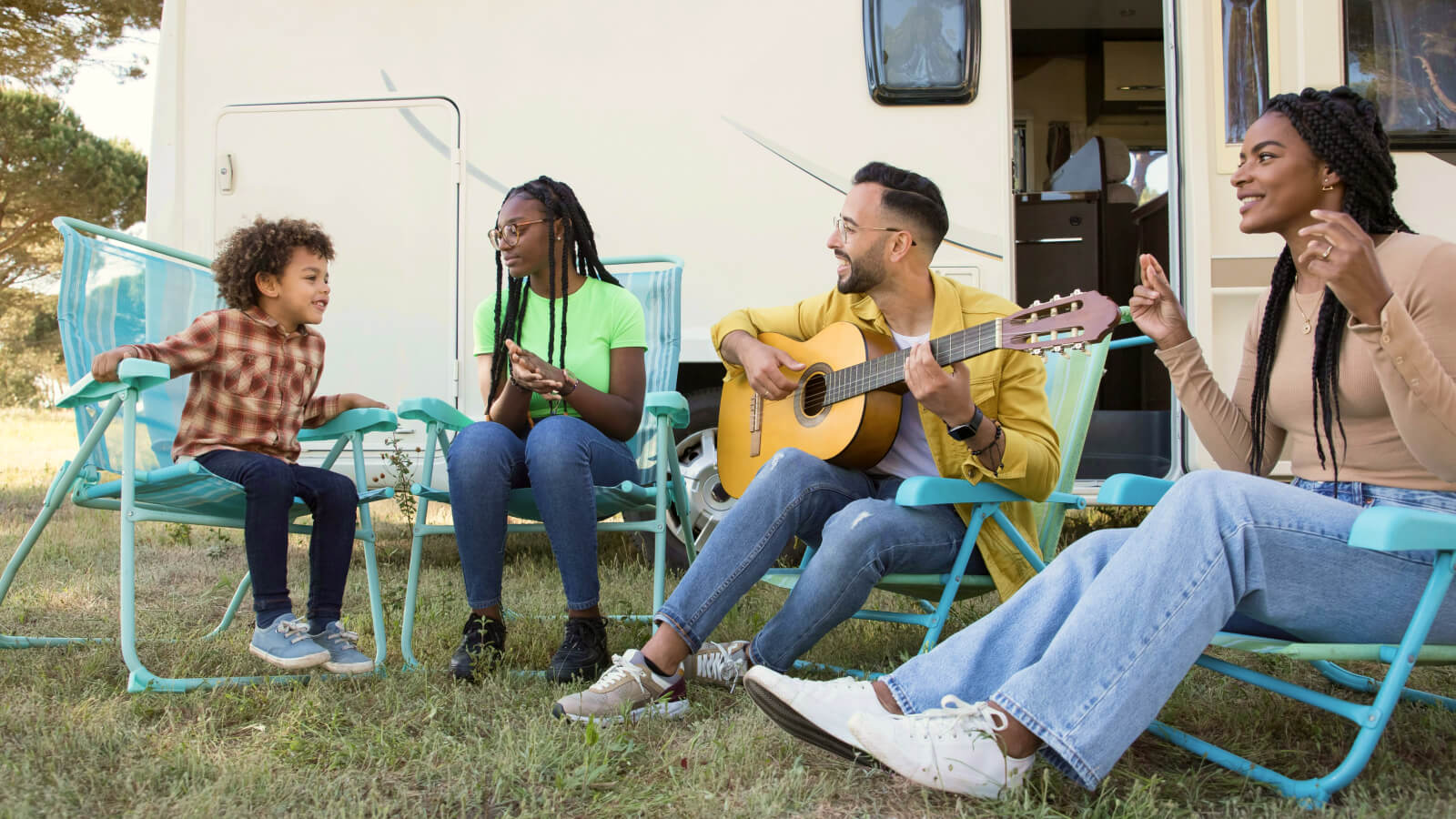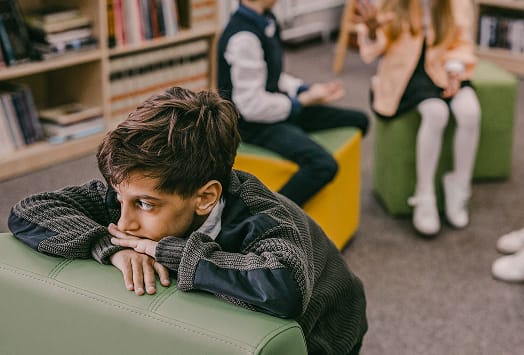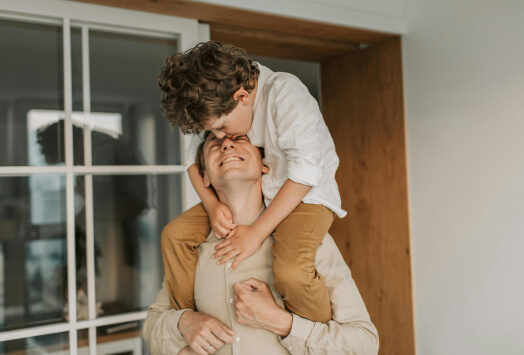Sometimes summer feels blissful and, often with kids in the equation, it can be both blissful and chaotic. Even with camp, which helps to create a sense of structure, there just seems to be so many more bumps and hurdles during summer. You’ve got siblings around each other more since afternoon sports are mostly off the table, you’ve got the fact that its light out later which likely means less sleep for all, you’ve got endless sugar in the form of water park treats and beach popsicles, and in general, kids have less of a sense of what comes next, which results in more tantrums, more bickering, and overall dysregulation.
What should parents do with this summer mayhem? We checked in with our early childhood development specialist, Emily Andrews, who suggested that parents take a page out of preschool teachers’ playbooks to help establish a bit of order and a sense of calm.
So, what is it that teachers do that parents can do too?
1. Establish a plan
At the start of the school year, teachers introduce kids to a plan for the week and a plan for the day. They don’t tend to look further ahead than that. Depending on the age of the children they may use a picture schedule or they may use words. Parents can do the same: Use a weekly calendar or schedule to show children who has what and when. This allows children adequate time to process what is coming and gives them things to look forward to (BBQs, family camping trips, etc). It's helpful to share the plan for the day each morning as well.

2. Help transitions along with songs
Teachers have all sorts of little songs and sayings that they use to signal to children that it’s time to shift gears to something else. Why do they do this? It’s not just to be cute. Children benefit from a signal that tells their developing brains that a change is happening and not to panic. Music engages both sides of the brain and a diverse network of brain regions including sensory motor processing, cognitive, memory, and emotional components.
A consistent little song or rhyme makes the act of stopping what you are doing feel less jarring, it helps children focus on what they need to do, and keeps things light, fun, and engaging. It also reinforces the idea that they aren’t in it on their own. They are joined by you and whoever else can hear the song or saying: Siblings, neighbors, cousins, whoever. Making change occur in a group and connecting the group with a little transition song eases the sting of the task some.
Just a note: Don’t be scared to sing! Adults have this funny insecurity about having a bad voice. Who cares? Your child doesn’t care. Pick a little song you know that you can change a couple lines from, like “Row row row your boat” and change the lyrics to suit whatever the transition is: Brushing teeth time, bath time, pajama time, putting on shoes to go out, or whatever the transition is that you are getting the most push-back on. This is especially helpful with 1–4-year-olds, but if it's working with your 5 and 6 year olds keep it up.

3. Lean on books for regulation
Teachers will often put a basket of books out on the big rug area when a major transition is taking place. They will have kids reading these books quietly while they call kids over one or two at a time to get their sunscreen on or their jacket, etc. Whether they are lining up for a class trip or preparing for a special event, teachers know that a basket of books for some “free reading time” can keep the group together and calm.
Parents can use this strategy too. If you want to keep your crew of kids standing by while you lather them up with sunblock, pop on beach gear, or whatever else, put a basket of books out to keep them at bay and keep them steady. Have a child that needs a bit more support with reading? Play a story on a travel audio player, speakers, or play it from your phone but placed up and out of reach so it doesn’t become that hard to pause screen time.
4. Remember that a picture is worth a thousand words
Photographs are so powerful. Teachers know that seeing photos from previous experiences often helps children to recall and process the experience. A trip to the fire station, for example, may have been exciting and overwhelming. There was likely a lot to take in. Teachers will take photos while on the trip and then use them later with the children to reflect on the experience: What felt fun and exciting, any new words they learned, or maybe even what felt scary or confusing in the moment. The photos are a tool for processing things.
Parents can do this too. If there is something your child is struggling to understand or a behavior that has recently emerged, say bedtime has recently become “a thing” or saying goodbye to you when you go out for dinner, show them photos from previous times when they did this same thing with success or use the photos to discuss what about it may feel hard for them.
You really don’t need to connect the dots too explicitly. Just letting them look through some photos and share or think about what they see may be sufficient. Sometimes just remembering happy bedtimes from the past or happy memories with their evening sitter might be enough to pull forward those positive experiences to help relieve any anxiety. Sometimes when a child looks at photos and recalls a time they did something that was hard, like learning to ride a bike, reminds them that they can do hard things, even if it's unrelated to whatever is feeling hard in the current moment. A visual representation of “you can do hard things” goes a long way during summer mayhem and all that comes with it.

So parents, remember, teachers have been at this game of using jingles and visuals to support co-regulation for a long time. They have some good strategies. It is absolutely fair game to take some pages from their playbooks when wrangling your kids during general summer chaos. Good luck and have a great summer!

















